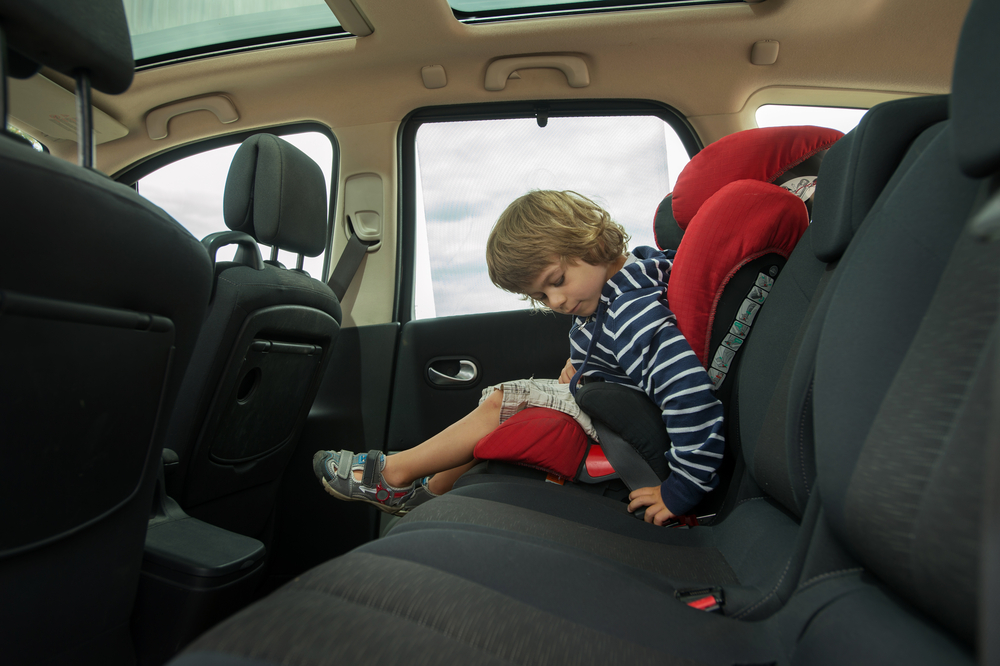
Booster seat ban: Everything you need to know

When the rules change, parents can still use existing booster seats without being fined.
On March 1, a ‘booster seat ban’ will be brought into place which will stop younger children using backless booster seats. The changes, which would prevent smaller and lighter children from travelling in backless booster seats, were scheduled to come into force in December but the plan was delayed until March 1.
As to be expected, parents have been left confused about the new legislation and what is and isn’t allowed.
So let’s clear the air.
First of all, don’t panic. Parents who continue with a seat they already own will NOT be fined—the rules only apply to new products being sold. There will be labelling in place on new seats to make it clear that booster seats will only be approved for users taller than 125cm and weighing more than 22kg.
At the moment, children weighing 15kg or under can travel in backless booster seats, if you choose to continue with the seat you already have you will NOT be fined and you won’t face any legal action. Although, it’s worth noting that the change is being made for safety concerns—child car seat experts believe that backless booster seats are unsuitable for young children.
“New booster cushions without a backrest will only be able to be approved as ‘Group 3’ products, i.e. for children over 125cm or 22kg. Currently, it is possible for these booster cushions to be approved for smaller children. It will only affect new products, not those already on the market. Parents can continue using existing booster seats for children under the minimum height without facing any penalty.” A spokesman for the Department for Transport.
Booster seats work as a belt positioning device—they’re designed to lift your child up enough so that the adult seat belt restrains them correctly and safety. The problem is, they do not offer the extensive protection that alternative seats offer. One reason for this is they don’t pass the side impact test, this is because they do not have a back and sides to cushion a child from impacts from the side of the vehicle.
Legislation regarding who is required to use a child seat is set by the government, but technical specifications for height, width, weight and other features are set internationally by the United Nations Economic Commission for Europe.
If you’re buying any type of child car seat, check with current legislation and make sure you’re buying the right seat for your child.





